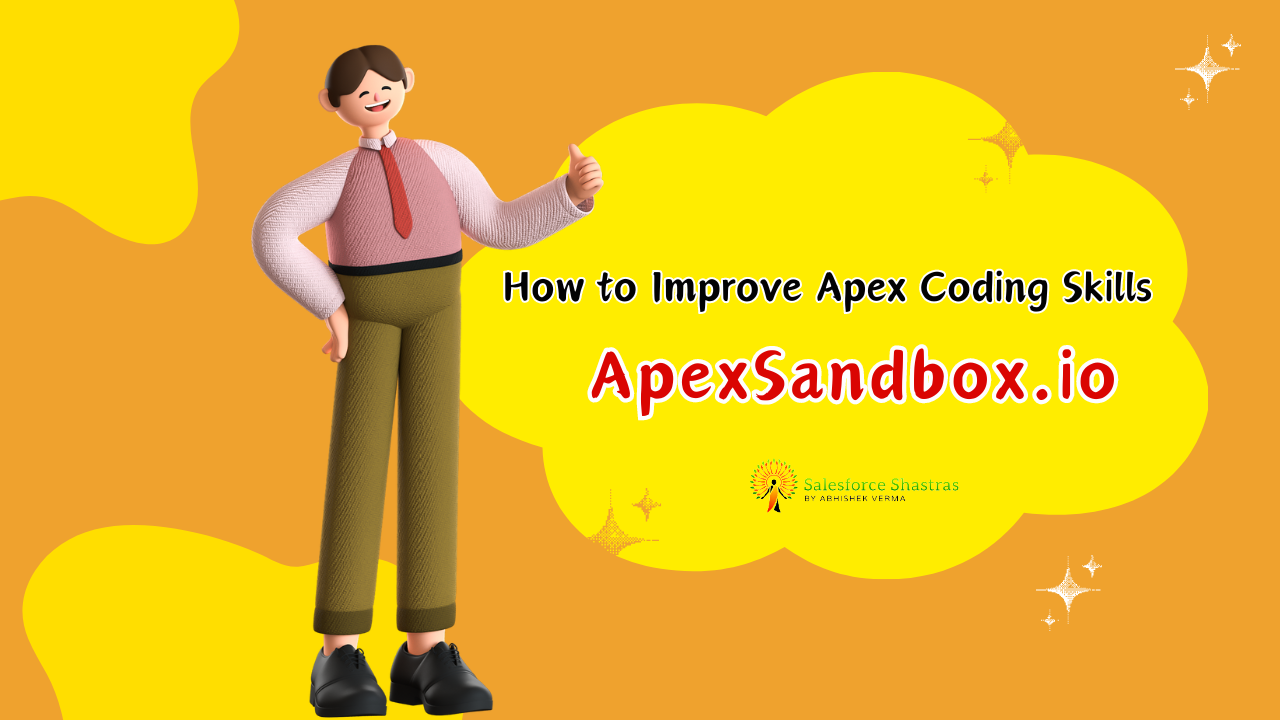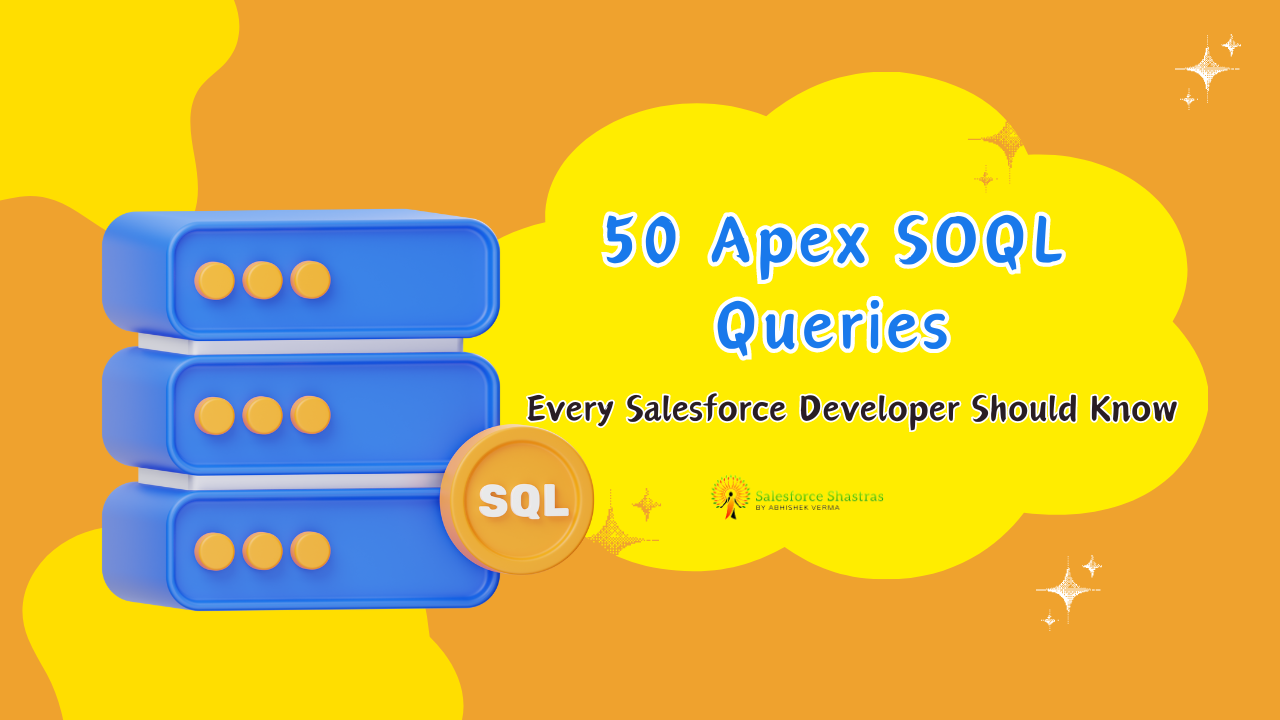Welcome to this deep dive into the exciting sphere of Salesforce’s Lightning Web Components (LWC) and its crucial component lifecycle. Whether you’re a seasoned developer or a curious beginner, understanding the Lifecycle of Lightning Web Components (LWC) is incredibly powerful and will equip you with the necessary skills to create robust, reliable components.
Throughout this post, we’ll break down the complex workings of this lifecycle – the creation, rendering, re-rendering, and destruction of components. Our journey will include vivid examples for clarity, which serve as a roadmap for understanding these processes at a deep level. Now, let’s dive in!
Component Creation: The Birth of an LWC Component
At the heart of any LWC application are components, and understanding their birth – that is, their creation phase – is pivotal.
Salesforce provides a series of lifecycle hooks that are activated at various stages of a component’s life. The creation phase specifically involves the following hooks:
- constructor(): This is the very first method that is called in the lifecycle of a component upon its creation.
- connectedCallback(): This hook runs immediately after a component is inserted into the DOM.
Let’s take a brief look at each.
The constructor() Hook
This first step in the creation phase is the constructor(), a default ECMAScript 6 method. Let’s illustrate its function with a simple component:
export default class HelloWorld extends LightningElement {
constructor() {
super();
console.log('Hello World Component Created');
}
}
Every time this component is inserted into the DOM, “Hello World Component Created” will be logged in the console, signaling that its constructor() method has been called.
The connectedCallback() Hook
Right after the constructor() finishes, the connectedCallback() is triggered. This hook can be used for various purposes such as initializing variables or fetching data.
export default class HelloWorld extends LightningElement {
connectedCallback() {
console.log('Hello World Component Connected');
}
}
Now, whenever the HelloWorld component is inserted into the DOM, “Hello World Component Connected” will be logged, showcasing the use of the connectedCallback() method.
Component Rendering: Time to Shine
With our LWC component now created and connected to the DOM, it’s time for it to render and make its appearance on the stage!
The rendering process includes the following steps:
- render(): This lifecycle hook returns the HTML template to be displayed in the component.
- renderedCallback(): This hook is executed post-processing of the component and its child components.
The render() Hook
In the render() method, you define and return the HTML template of the component.
export default class HelloWorld extends LightningElement {
render() {
return myTemplate;
}
}
This code returns ‘myTemplate’ as the HTML to render for the HelloWorld component.
The renderedCallback() Hook
When a component and its children are completely processed and rendered into the DOM, the renderedCallback() kicks into gear.
export default class HelloWorld extends LightningElement {
renderedCallback() {
console.log('Component and children have been rendered');
}
}
With this code, a message stating “Component and children have been rendered” will be logged every time this hook is triggered.
Component Re-rendering: The Flux of Change
Components in LWC are designed to constantly update and change. For such modifications, a re-rendering process comes into play, with the same rendering steps reused and updated values reflected in the DOM.
Component Destruction: The End of the Journey
Finally, we reach the end of the LWC component lifecycle – the destruction phase. Here, the disconnectedCallback() hook is called just before the component is removed from the DOM.
export default class HelloWorld extends LightningElement {
disconnectedCallback() {
console.log('Component has been removed');
}
}
In this example, the component logs “Component has been removed” immediately before the HelloWorld component is removed from the DOM.
Implementing errorCallback() in LWC
Note: It’s key to understand that the lifecycle hooks in action depend on your component’s specific needs. From initialization to data fetching, rendering to destruction, hooks offer powerful control over your application’s behavior, ensuring smooth and efficient operations.
Understanding errorCallback()
TheerrorCallback()function is a special lifecycle hook in LWC that allows developers to handle errors that occur during the lifecycle of a component. It takes two parameters:errorandstack.
error: Represents the error that occurred.
stack: Contains information about the call stack at the time of the error.
By leveragingerrorCallback(), developers can implement custom error handling logic, log errors for debugging purposes, and present user-friendly error messages.
Let’s explore a simple example of how to implement errorCallback() in an LWC.
import { LightningElement } from 'lwc';
export default class ErrorHandlingComponent extends LightningElement {
connectedCallback() {
// Simulating an error during component initialization
throw new Error('An error occurred during initialization.');
}
errorCallback(error, stack) {
// Custom error handling logic
console.error('Error: ', error);
console.error('Stack: ', stack);
// Display a user-friendly error message
this.showToast('Error', 'An unexpected error occurred. Please try again.');
// Optionally, you can send the error to a logging service or analytics platform
this.logError(error, stack);
}
showToast(title, message) {
// Logic to display a Toast message to the user
// This can be a custom implementation or using Salesforce Lightning Design System (SLDS) Toasts
}
logError(error, stack) {
// Logic to send the error information to a logging service
// This can be an external service like Salesforce Platform Events, or custom Apex logging
}
}
In this example, the connectedCallback() intentionally throws an error to demonstrate how errorCallback() can be used to handle such errors. The errorCallback() function logs the error and stack information, displays a user-friendly error message using a custom showToast() method, and optionally logs the error using a logError() method.
Wrapping Up
With this comprehensive guide, we hope to have shed light on the often mystifying life cycles of LWC components. Experience, practice, and creativity are the perfect ingredients to becoming adept at handling these lifecycles. So, why not take what you’ve learnt here today and create a fantastic Lightning Web Component of your own? The canvas of Salesforce LWC development awaits your masterpiece! Happy coding!
For more in-depth knowledge about Lightning Web Components (LWC), checkout : official Salesforce documentation.




2 thoughts on “Lifecycle of Lightning Web Components (LWC)”